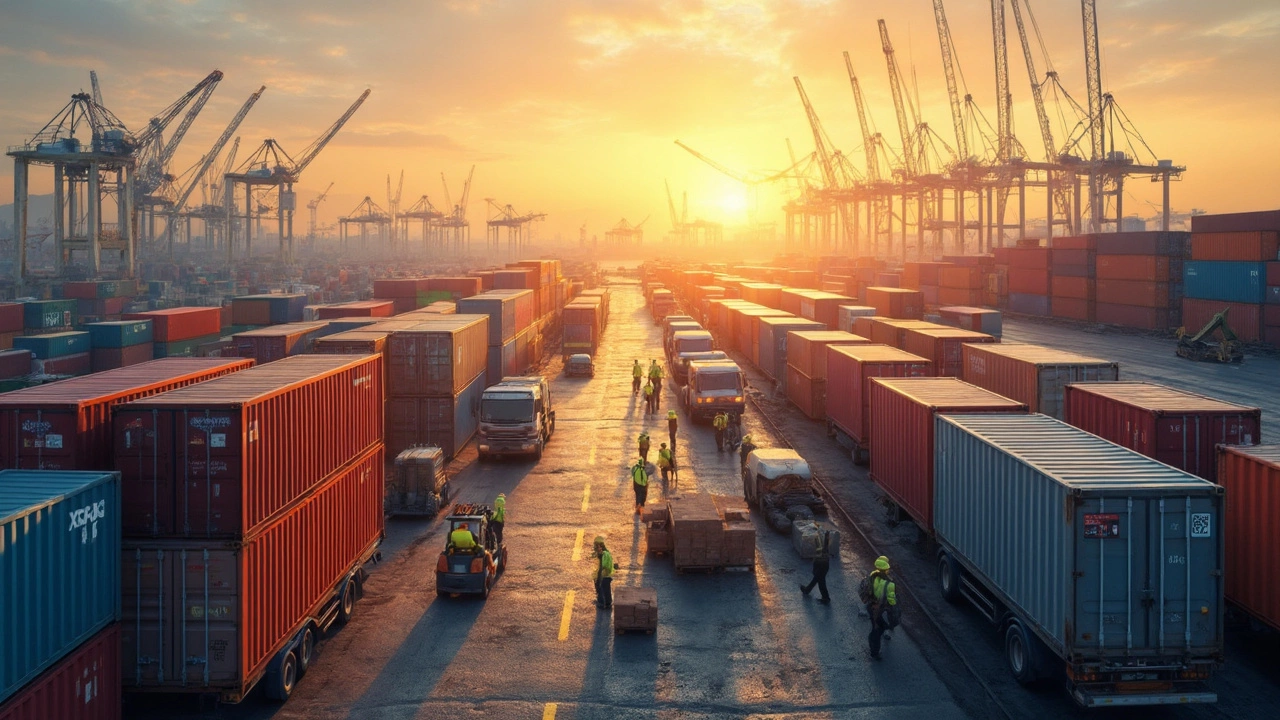What Makes a Company the Biggest in Logistics?
If you ever wonder why some logistics firms dominate headlines, the answer isn’t just about big warehouses. It’s a mix of network reach, tech stack, service diversity, and how they keep costs low for clients. Understanding these factors helps you spot the true giants and decide if they fit your supply chain needs.
How Size Translates to Service Power
A massive fleet means a company can move goods faster and cover more routes without outsourcing. That translates into tighter delivery windows and fewer hand‑offs, which cuts delays. Large firms also invest in advanced Warehouse Management Systems (WMS) and Transportation Management Systems (TMS) that give real‑time visibility, so you always know where a pallet is.
Scale also drives pricing power. When a logistics provider handles thousands of shipments daily, they negotiate better rates with carriers, fuel suppliers, and equipment vendors. Those savings often pass to customers as lower per‑mile or per‑shipment costs. In short, bigger can mean cheaper for you.
But size alone isn’t enough. The biggest logistics companies back their footprint with robust tech. AI‑driven route optimization, predictive demand forecasting, and automated customs clearance keep shipments moving smoothly across borders. If a provider can pull data from dozens of touchpoints and turn it into actionable insight, you get fewer surprises and more control.
Choosing the Right Giant for Your Business
Not every large logistics firm matches every business. Start by mapping your core needs—do you need international freight, last‑mile delivery, or high‑value warehousing? Then look at the provider’s service portfolio. Companies that specialize in e‑commerce fulfillment, for example, will have pick‑and‑pack processes tuned for small parcels, while a firm focused on heavy industry may excel at bulk handling.
Next, check their network density. A logistics giant with warehouses in key hubs close to your customers can shave days off delivery times. Use tools like a simple zip‑code radius check: if most of your orders fall within a 200‑km circle of their facilities, you’ll likely see faster, cheaper deliveries.
Finally, evaluate customer support. The biggest firms often have 24/7 help desks, dedicated account managers, and digital portals for tracking. Those touchpoints become crucial when a shipment hits a snag. Ask for response time guarantees and look for reviews that mention proactive problem solving.
By focusing on network reach, technology, pricing power, and service fit, you can separate hype from real value. The biggest logistics company for you is the one that turns its scale into speed, savings, and reliability for your specific supply chain.
Biggest Logistics Companies: Global Leaders Powering Delivery & Distribution
Dig into the world’s biggest logistics companies, how they operate, and what makes them industry giants. Discover real facts, history, and tips inside.
Read More